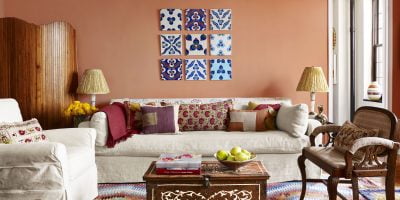
In the world of Indigenous basket art, sweetgrass, a ceremonial ritual element, provides strengthening power as well as decoration to a basket featuring traditional patterns and styles.
According to local lore, the basic elements of a Mi’Kmaq basket remain essentially the same over the centuries, adapting only to purpose and trade “needs.” Baskets made of natural and locally sourced materials have always been the most appropriate means of conveyance for agricultural food products, flowers and according to some historical books I’ve read, a nifty way to “smuggle” information to and from individuals in “dangerous” situations.
Over the centuries, everyday life has provided occasions for baskets to flourish. Early Canadian folk music has references to them. From Quebec, a song by Alan Mills, a 1960’s folksinger quoted, “I went to the market, mon petit panier sous mon bras,” which translates as, “I went to the market, my little basket under my arm” from a song from the 1700’s era. In modern times, Ella Fitzgerald, the great pop/jazz singer sang “A tisket, a tasket, my little yellow basket,” which was a “hit parade” success.
Colour and design, of course, was suited to the basket’s purpose. Our Indigenous peoples of Atlantic Canada, the Mi’Kmaq, made the colourful baskets featured in our photos. The wall basket, all ash splints and sweetgrass rim, features a “diamonds” pattern in the weave, where curled splints form a distinctive “diamond” form as decorations. Then, there is the cradle, painted pink with blue Mayflowers with small red/pink flowers along the rim binding, the cradle hood capped with “diamond” splints of woven wood. The pattern of diamonds appears in the round basket also coloured with berry red and soft green splints.
Our collection is rounded out with a sturdy wood-handled gathering basket made of solid splint style pieces, which show the marks of the carver’s knife.
Look for them on curved sections where “bends” occur in “hoop-style” handles. The rim and handle ends are secured with small tacks and blended into the splint weave.
Fortunately, there are fine and interesting examples of Mi’Kmaq basketry to be found in antique shops, flea markets and thrift shops. Prices are generally reasonable and afford the well-versed collector an opportunity to acquire baskets of quality and occasionally, historic relevance.
Our Indigenous population’s skills are being recognized and appreciated by a growing segment of the population, particularly those with an artistic view of decorating with traditional decor to add to their homes and cottages.
The intrinsic usefulness of these baskets adds a bonus, such as being a table centrepiece with dried flowers, gourds and similar reflections of nature’s bounty. Indigenous-made baskets are a decorator’s delight, and to the collector, a bit of Maritime history, proudly displayed in their homes.
source:-thechronicleherald

